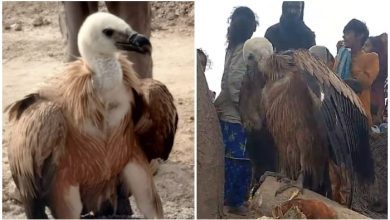RAHIM YAR KHAN: Cotton farmers in the district of Rahim Yar Khan say they are helpless against the worst attack of whitefly on their cotton (phutti) crop and complain about the substandard cotton seeds and fake pesticides that foster the whitefly.
They fear their expected yield will be reduced from 40 maund per acre to 12 maund in the season.
According to the district agriculture department figures, last year cotton was cultivated on 469,000 acres, but this year it expanded to 593,534 acres. Last year, sugarcane was cultivated on 535,000 acres, and this year, it is on less than 500,000 acres. Similarly, the cultivation of rice also decreased from 70,000 acres to 55,000 acres in the district.
A farmer from Chak 109-P in the Pakka area, Waqar Cheema, says when he cultivated cotton on 10 acres, he hoped for a bumper crop in early June after sowing in May. However, in July and August, when the weather became stifling and humid, the irrigation department failed to supply water in the canals. In the Pakka area, the subsoil water is brackish, preventing farmers from irrigating crops through tubewells, Mr Cheema said.
He said that due to the unavailability of water and hot, humid weather, the whitefly infestation increased, and now he expects to harvest only 10 to 14 maunds of cotton per acre. Similarly, a farmer from Chak 69-P in the Kacha area, Irshaad Chaudhry, says that the government has left cotton farmers helpless.
He said that neither the federal seed certification department monitors substandard seed manufacturing companies nor does the agriculture department check fake fertilizers. Due to this, the whitefly infestation has reached its worst condition.
Mr Chaudhary said that he had sprayed four different combinations of pesticides on his 45 acres of cotton crop to control the whitefly, but to no avail. He also complained to the plant protection and pest warning departments about the issue, but the officials only provided verbal reassurance.
He also noted the shortage and long intervals of irrigation water in areas with brackish subsoil water. Additionally, he pointed out that high-efficiency pesticides were expensive, which farmers could not afford, while old chemistry pesticides did not yield proper results.
Late sowing of cotton and the lack of whitefly-resistant cotton varieties, along with delayed sprays, were other contributing factors to the problem, he added.
Deputy Director of Agriculture Iqrar Hussain told that there was no doubt that when there is an excessive sugarcane crop or mango orchards, whitefly will attack the cotton crop.
Hussain justified that cotton leaves absorb nutrients for 21 days and then produce nutrients for the flower and cotton ball for another 21 days. If the leaves turn blackish, the cotton plant doesn’t thrive.
Farmers using excessive pesticides without consulting agriculture experts can also kill predator parasites on cotton plants, which is the main reason for the sudden and severe whitefly infestation, Hussain concluded.








